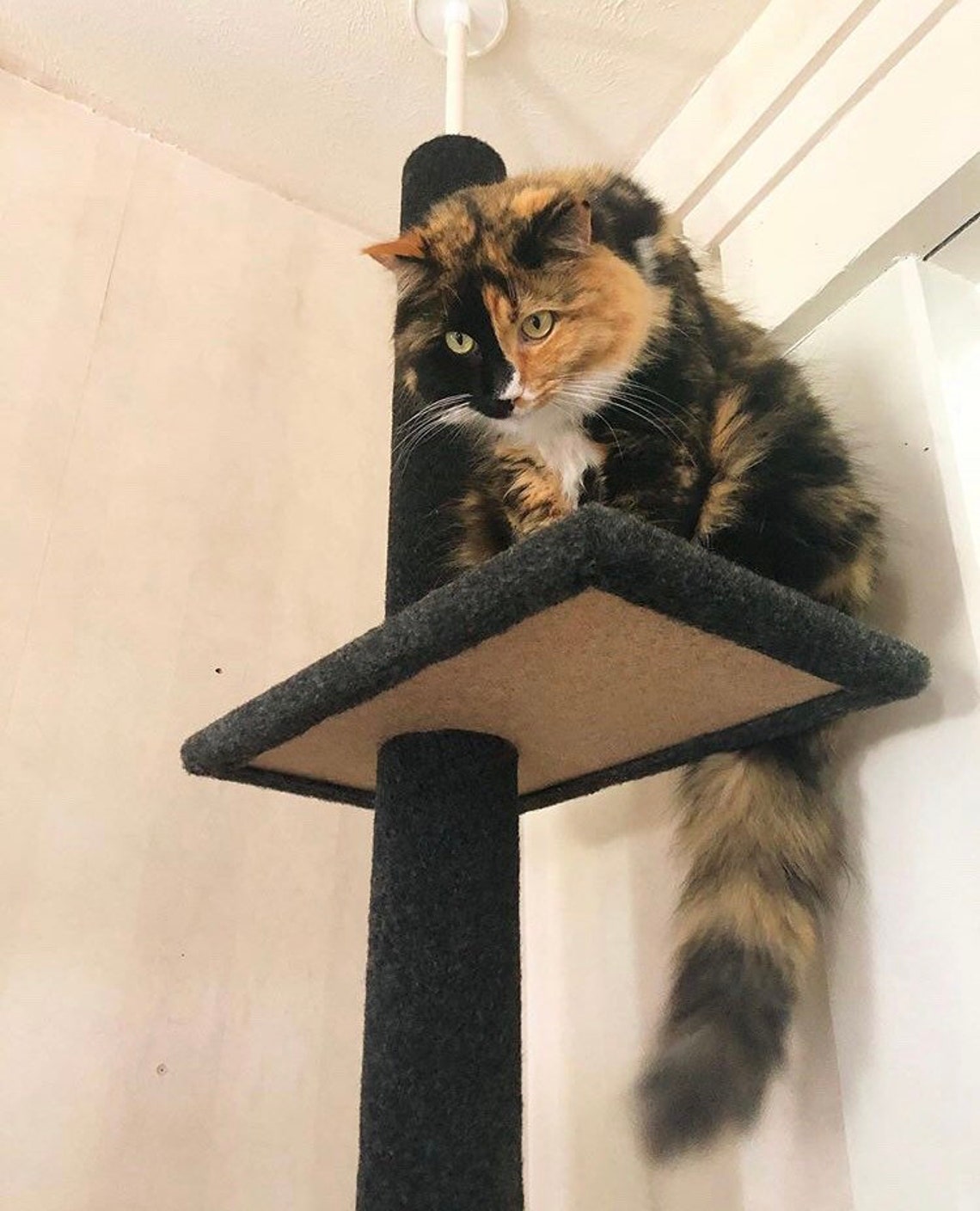Tackling Litter Box Aversion: Strategies for Finicky Felines
Tackling Litter Box Aversion: Strategies for Finicky Felines
Blog Article

Choosing the best cat litter for your feline good friend can be a daunting task given the myriad of alternatives readily available on the marketplace. This detailed guide will explore the different types of cat litter, their benefits, downsides, and everything in between to help you make a notified choice.
The material of the cat litter plays an essential function in its efficiency. Common materials consist of clay, silica gel, recycled paper, wood, corn, wheat, and walnut shells. Each product uses unique advantages and potential downsides.
Clay-based litters are the most conventional and commonly used due to their high absorbency and clumping capabilities, which make cleanup much easier. However, they can be dusty and might not be the best option for felines or people with respiratory concerns. Silica gel crystals are highly absorbent, control smells efficiently, and are low upkeep because they do not need to be changed as regularly. Nonetheless, they can be more pricey and some cats may not like the texture. Eco-friendly litters, made from recycled paper, wood, corn, wheat, and walnut shells, are environmentally friendly alternatives. They are normally dust-free and good for felines with allergies, however their odor control and clumping abilities vary extensively.
The choice in between clumping and non-clumping litter is considerable. Clumping litter kinds solid masses cat litter box self cleaning when wet, making it simple to scoop out urine and feces, hence preserving a tidy litter box. Non-clumping litter takes in wetness but does not form clumps, which might lead to more regular changes of the entire litter box.
Smell control is a top concern for many feline owners. Litters are often instilled with baking soda or charcoal to reduce the effects of odors. Keeping a fresh litter box also requires routine scooping, ideally two times a day, and following the manufacturer's guidelines for altering the litter and cleaning the box.
The health of your cat and the ecological effect of the litter are also essential aspects. Dust-free or low-dust options are much better for breathing health. Biodegradable Covered Litter Boxes litters provide an eco-friendly alternative to clay, which is strip-mined and not eco-friendly. Additionally, it's essential to be knowledgeable about any allergies your cat might need to certain materials.
Expense is a necessary consideration, as the cost of cat litter can differ substantially. While silica gel and some biodegradable litters may be more pricey in advance, their longevity can offer savings in the long run. Alternatively, clay litter is typically cheaper but requires more regular replacement.
Ultimately, the best cat litter is one that fits both your and your feline's choices and requirements. It may take some experimentation to discover the best match. Pay attention to your cat's behavior and convenience, along with the litter's efficiency in regards to odor control, absorbency, and maintenance.
Choosing the right cat litter contributes considerably to your feline's health, joy, and the tidiness of cat litter robot your home. By thinking about the product, clumping capability, smell control, health effects, ecological results, and expense, you can make an educated choice that benefits both you and your furry buddy. Keep in mind, what works finest for one feline might not match another, so be ready to experiment till you discover the perfect option.